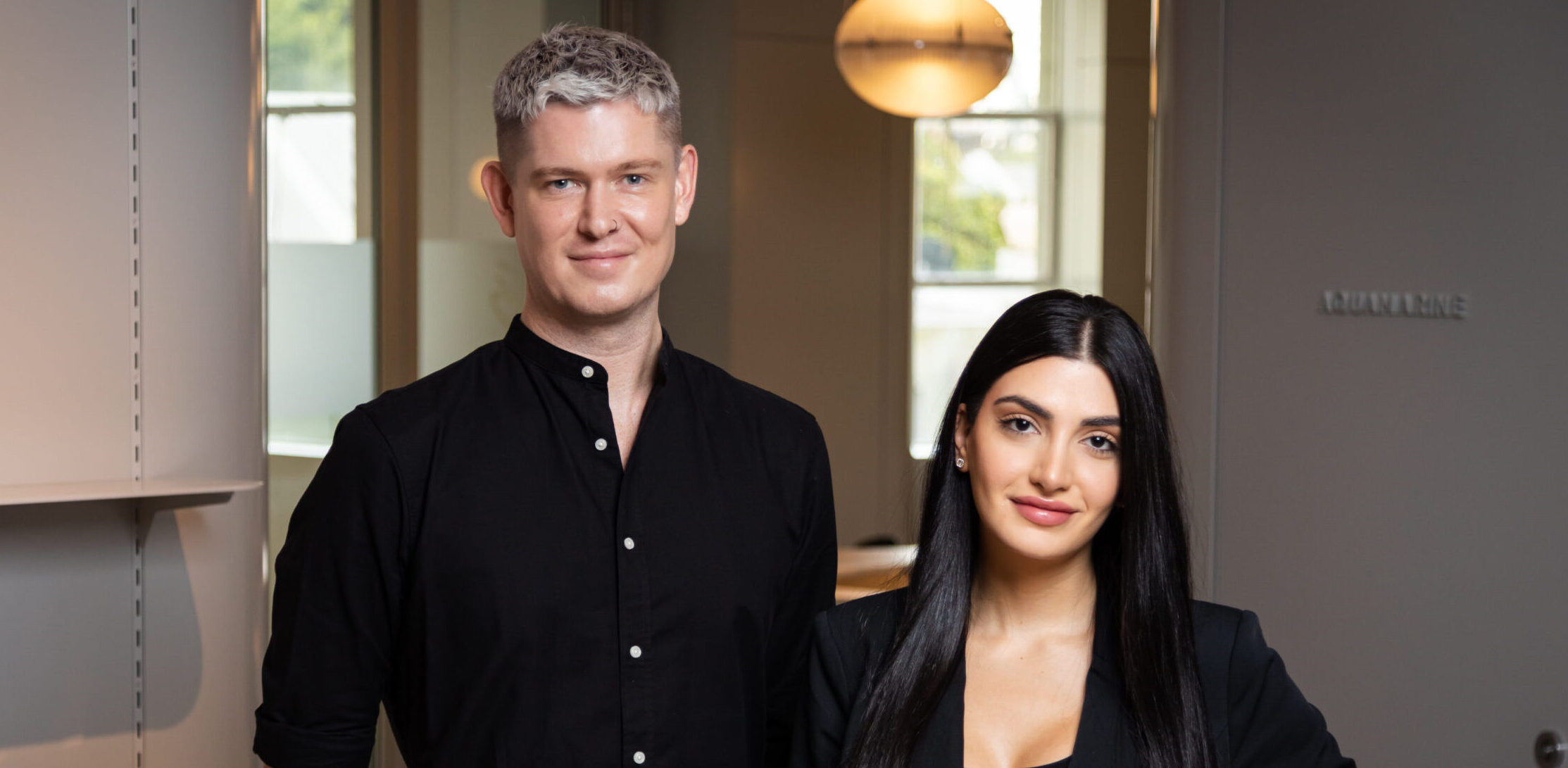How long do the effects of cervicoplasty last?
The longevity of surgical outcomes following cervicoplasty varies depending on factors such as patient age, skin quality, genetic factors, and lifestyle. While surgical repositioning of tissue provides long-term structural changes, all patients will continue to experience natural age-related changes over time.
When can results be observed following cervicoplasty?
Initial postoperative changes become visible as acute swelling subsides, typically over several weeks. However, final outcomes may take several months to become fully apparent due to the gradual resolution of oedema and tissue remodelling.
Will there be scarring after cervicoplasty surgery?
Scarring is an inherent aspect of any surgical procedure involving skin incisions. Scar formation varies between individuals and depends on factors such as wound healing response, surgical technique, and postoperative care. While incisions are typically placed in inconspicuous areas, complete scar elimination cannot be guaranteed.
What is the difference between cervicoplasty and platysmaplasty?
Cervicoplasty involves excision of redundant cervical skin and may include contouring of subcutaneous tissues to address skin laxity and cervical ageing.
Platysmaplasty specifically addresses the platysma muscle and is often performed to manage vertical neck banding or muscular laxity. These procedures may be performed independently or in combination, depending on anatomical findings and treatment goals.
Disclaimer: All surgical procedures carry risks, including but not limited to infection, bleeding, haematoma, asymmetry, scarring, nerve injury, and dissatisfaction with aesthetic results. Individual outcomes and healing times vary. A consultation with a qualified Specialist Plastic Surgeon is required to determine suitability and discuss risks and expected outcomes. A second opinion from an appropriately qualified health practitioner is recommended prior to undergoing any surgical procedure.



